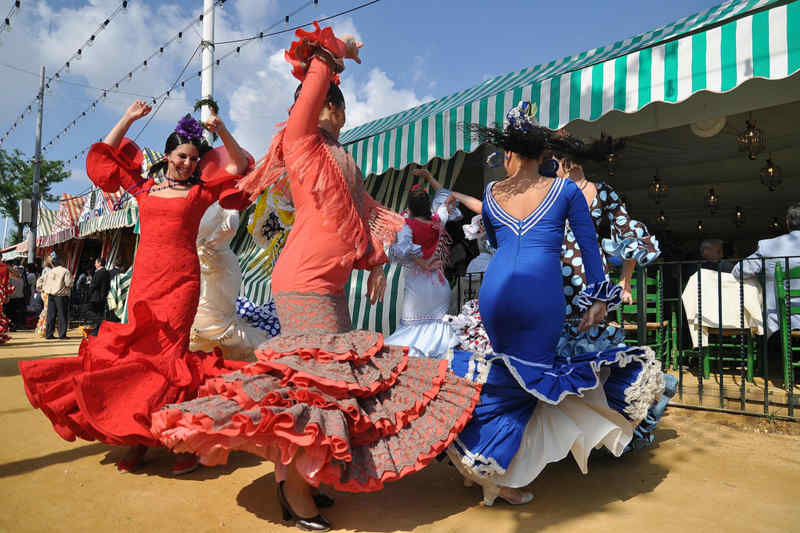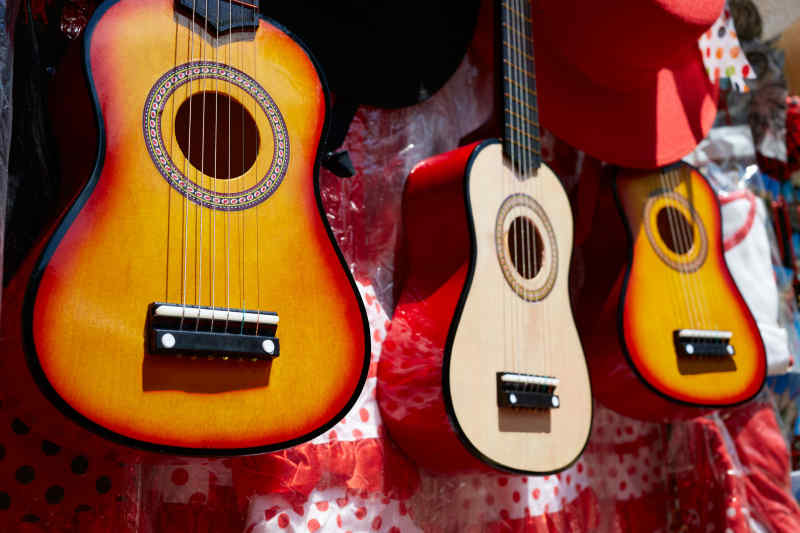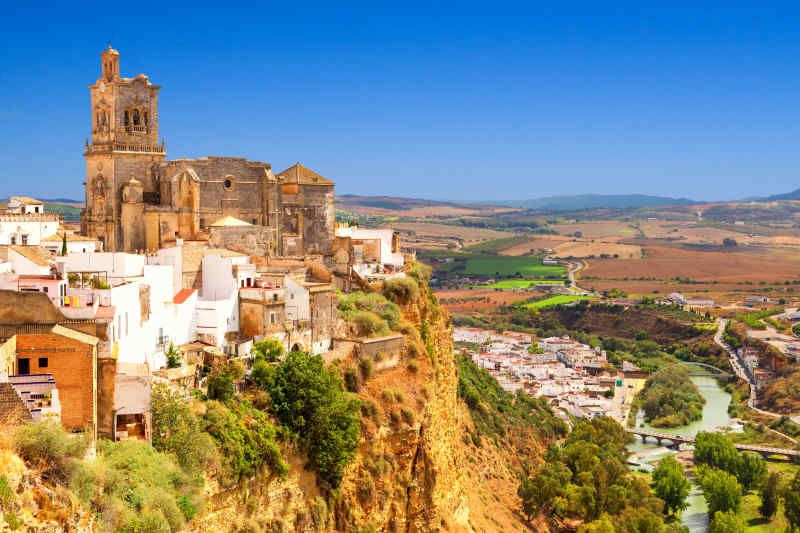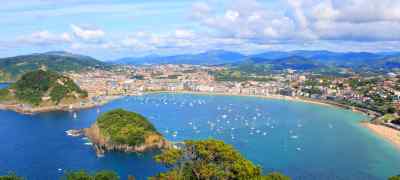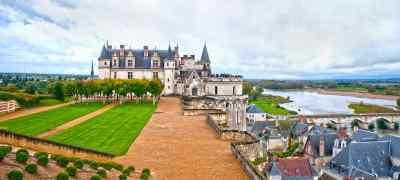By Briana Seftel
Dripping in romance and history, Seville might just be Spain’s most “Spanish” city. The capital of the Andalusia region is famous for its stunning architecture, rich history and cultural touchstones like flamenco and tapas. Be seduced by Seville with this helpful guide.
What to Know
Before Seville was Spanish, it was Moorish. The Moors ruled Spain for 500 years until 1248 and left a distinct mark on the city, visible in the famous Alcazar and city walls. In the 16th century, Seville became Europe’s gateway to the new world; both Christopher Columbus and Ferdinand Magellan sailed from here.
Seville is renowned for being a romantic city as well as a cultural tour de force, serving as the setting for George Bizet’s opera Carmen and the legend of Don Juan. Visitors can still watch bullfighting at the Plaza de Toros and take in impromptu flamenco performances on the streets. After all, Seville is widely considered the birthplace of flamenco.
When to Go
With a dry Mediterranean climate year round, there really is no bad time to visit Seville. Even in the dead of winter, temperatures rarely drop below 60 degrees. The city really comes alive in spring, when the weather is warm and the city celebrates both the Easter Holy Week (Semana Santa) and its annual April fair (Feria), a week of dancing, drinking and eating.
How to Get Around
Seville is best explored on foot. Much of the city’s main attractions are within easy walking distance of each other, while tiny cobbled lanes are perfect for wandering through. The city also has new network of biking paths which make cycling a breeze. Public transportation like buses, trams and the metro are other excellent ways to navigate Seville.
Where to Eat
Eating tapas in Seville is practically a way of life. Locals love to hop from one tapas bar to another sampling tapas and montaditos, small bites and sandwiches usually with served with a glass of wine or beer. A specialty of the region is gazpacho, a cold and refreshing vegetable soup. Wash it down with a glass of sherry, produced in the nearby city of Jerez.
- Bodeguita Fabiola Calle Fabiola, 7 Phone: +34 655 49 13 90
- Taberna Coloniales Calle Fernández y González, 36 Phone: +34 954 22 93 81
- Mercado Lonja del Barranco Calle Arjona, s/n Phone: +34 954 22 04 95
- Casa Roman Plaza Venerables, 1 Phone: +34 954 22 84 83
- Eslava Calle Eslava, 3 Phone: +34 655 49 13 90
- La Campana Calle Sierpes, 1-3 Phone: +34 954 22 35 70
- Tablao Flamenco El Arenal Calle Rodo, 7 Phone: +34 954 21 64 92
What to See
Alcazar
Built in the 10th century for a Muslim governor over a 100-year span, the Alcazar embodies the spirit of Seville. Mixing Christian and Moorish influences, the palace complex is still in use by the Spanish royal family. On your visit, don’t miss the spectacular Hall of Ambassadors, as well as its gardens filled with fragrant orange trees.
Seville Cathedral
The largest Gothic building in the world and one of the largest churches anywhere, Seville Cathedral is a can’t-miss attraction in the city’s historical center. Built on the site of a 12th-century mosque, all that remains of its former life is the Giralda bell tower. Inside, see the tomb of Christopher Columbus and stand in awe at the towering main altar covered in gold leaf.
Travel tip: It’s worth spending the few extra euros for the rooftop tour, which takes you to the top of the cathedral with excellent views over Seville.
Plaza de España
Built for the 1929 World’s Fair, the Plaza de España has become an iconic symbol of Seville in just a short time. The main focal point and anchor of the plaza is the semi-circular brick building with a tower at both ends. In front of the building is a grand plaza and canal crossed by four bridges. At the always bustling plaza, you’ll find everything from ice cream vendors to buskers playing the Spanish guitar.
Maria Luisa Park
Another site built for the World’s Fair, Maria Luisa Park is lush green oasis in the middle of bustling Seville. Named after princess María Luisa d'Orleans, the park provides shelter from the sun with its shaded pathways, ponds and ceramic-tiled benches.
Tips & Tricks
The phrase NO8DO (meaning No me ha dejado or "It (Seville) has not abandoned me") is the city’s motto.
Many businesses close their doors between 2 and 5 p.m for the afternoon siesta, so plan ahead and avoid dining or shopping during this time.
Pick up souvenirs that represent the flamenco culture of Seville, like a richly embroidered shawl, elegant fan or Spanish guitar.
Stroll through the winding lanes and whitewashed buildings of the Santa Cruz neighborhood, also known as the Jewish quarter.
Day Trips
Arcos
An hour south of Seville is the small town of Arcos de la Frontera, part of Spain’s Pueblos Blancos (White Towns). Perched atop a sheer cliff, Arcos is a wonderful place to explore on foot and soak in the history. Don’t miss the main church, built on the site of a former mosque, and the 15th century magic circle, the site of many exorcisms.
Granada
Another iconic city in Andalusia, Granada bursts with Moorish influence, tapas bars and buzzing street life. The city’s claim to fame is the Alhambra, a stunning Moorish complex built in the 13th century. Leave plenty of time to explore this ancient site, then wander the maze of cobbled streets at your leisure as you experience the city’s bohemian spirit.
Cadiz
Considered one of Europe’s oldest cities, Cadiz may be off the radar but is no less lacking in history and culture. The port city is home to over 100 watchtowers built to protect the city from siege during the 16th century. Hop on a boat and explore the city on water, or stroll through the old town as you take in one historic structure after another.


